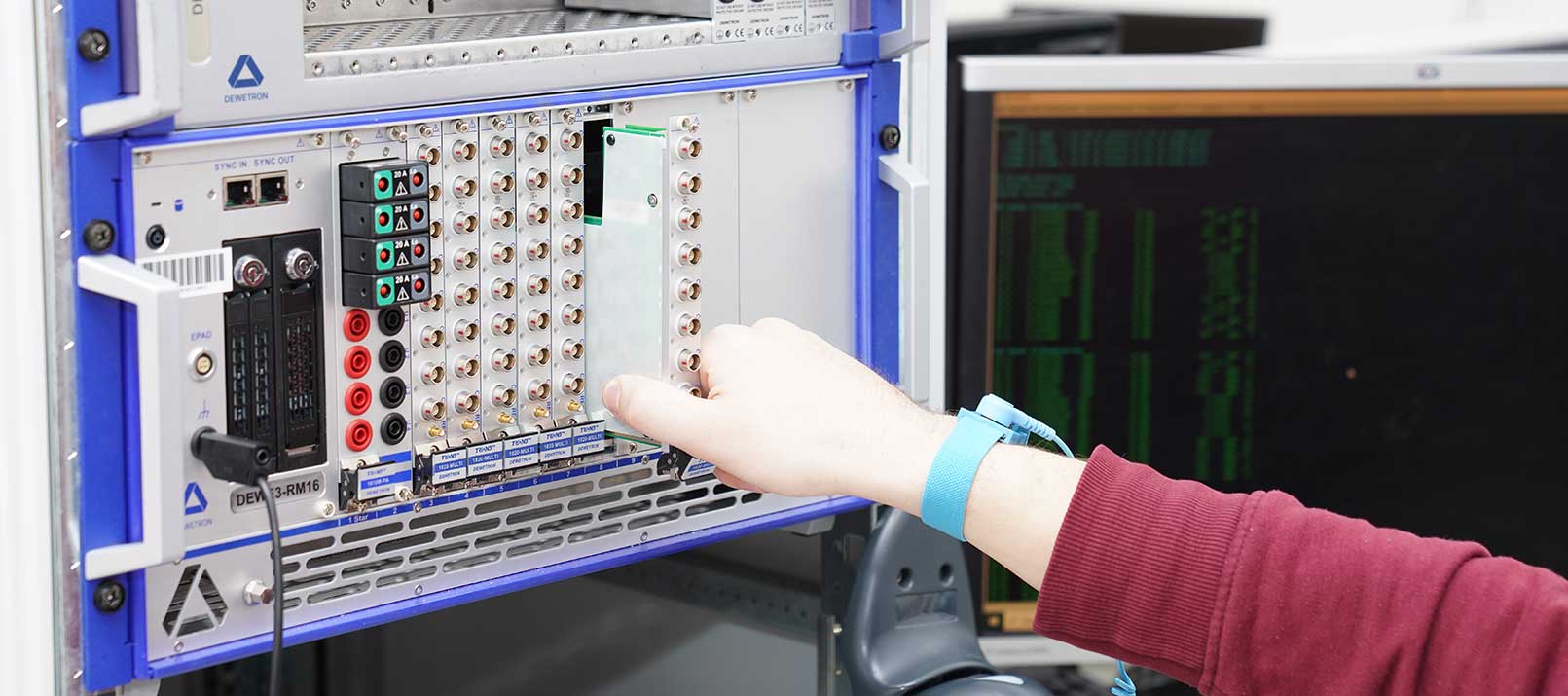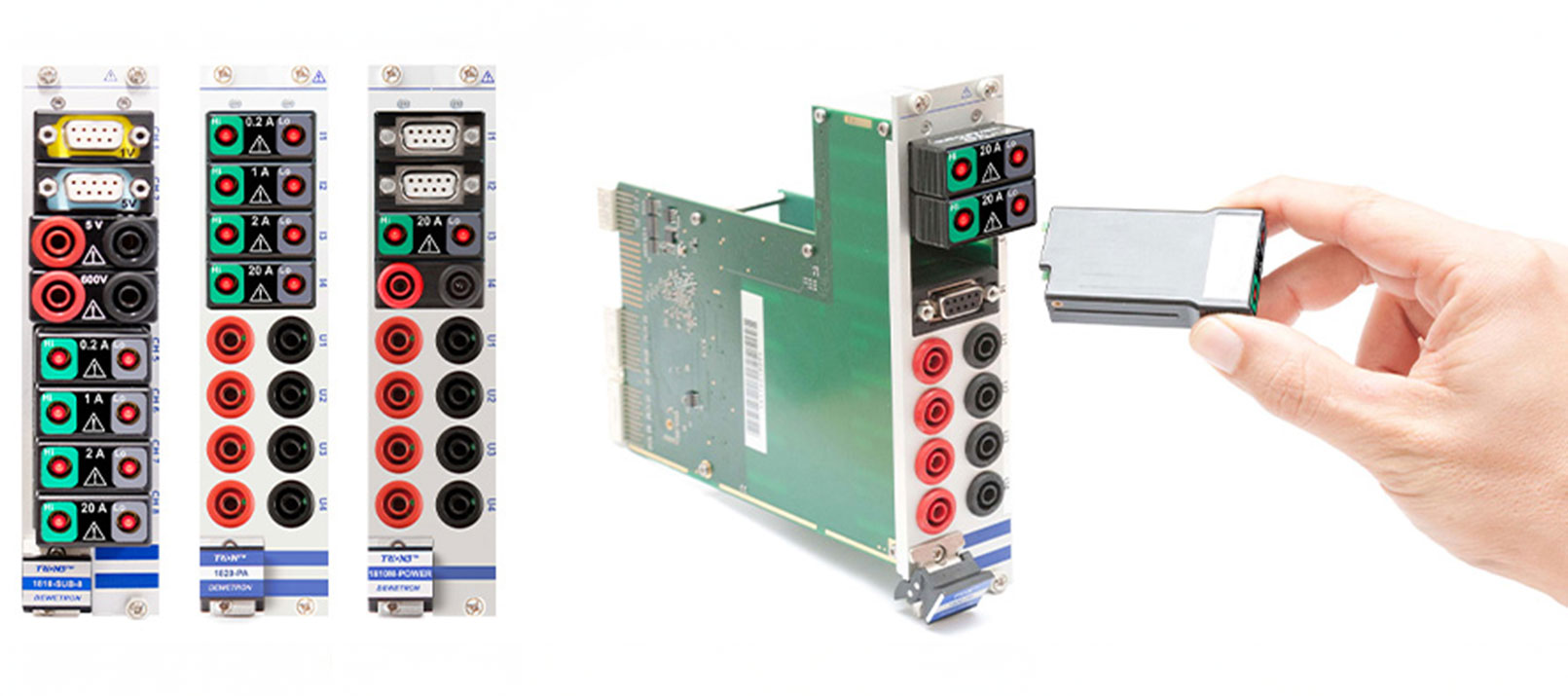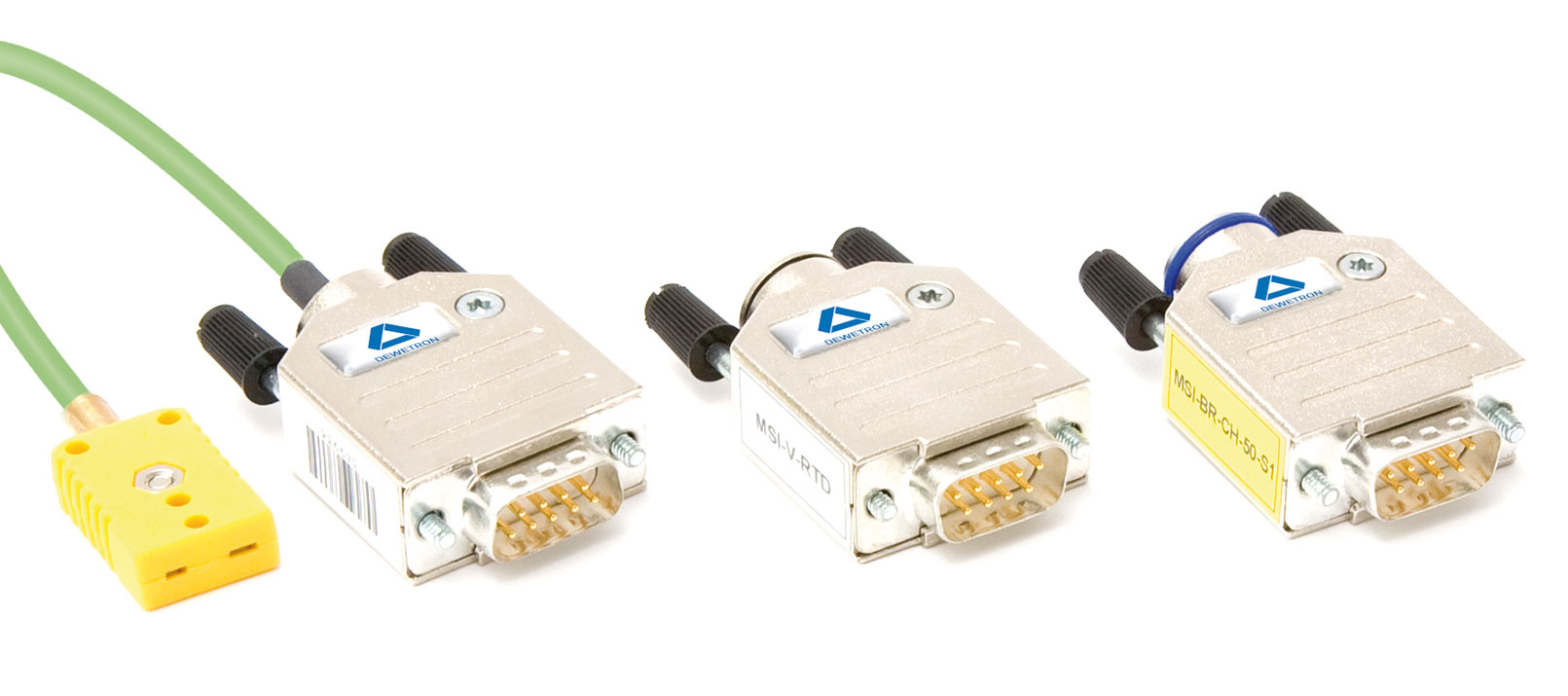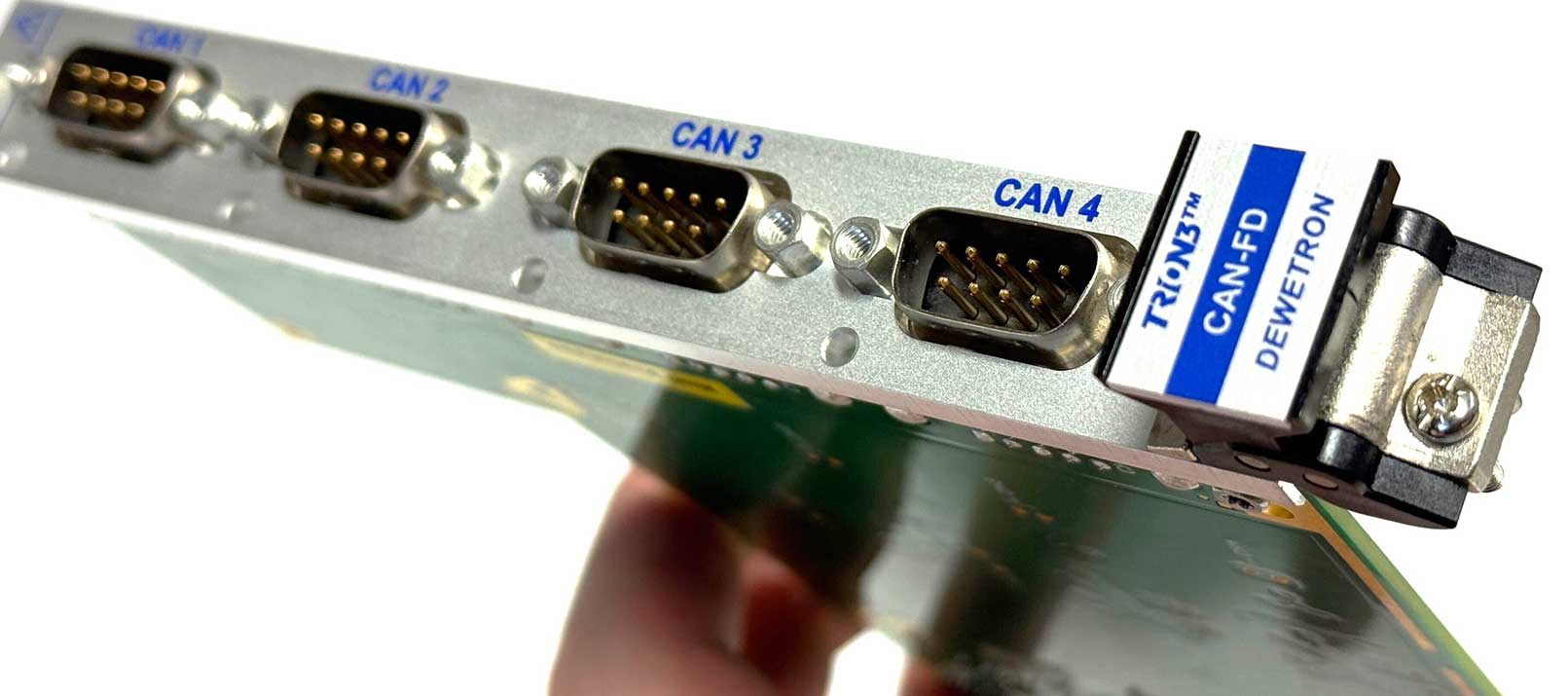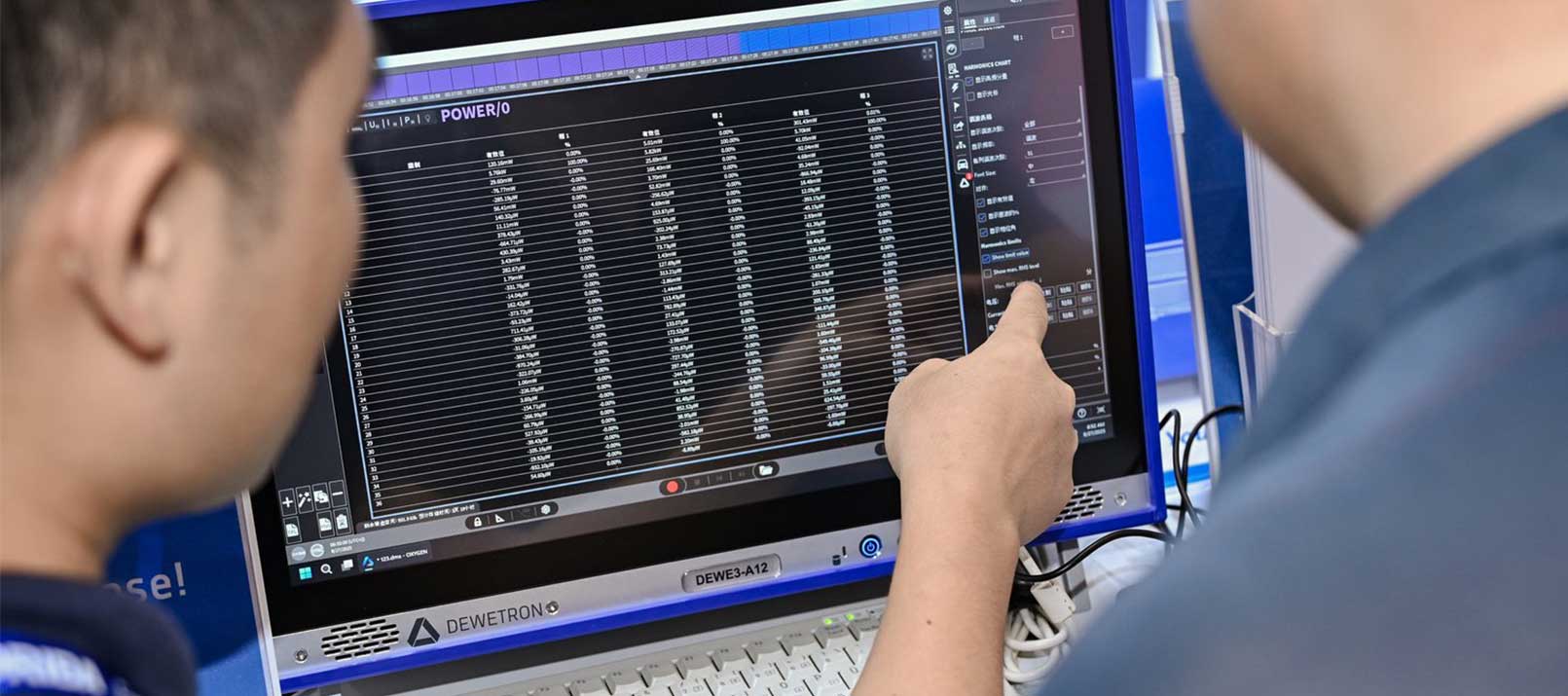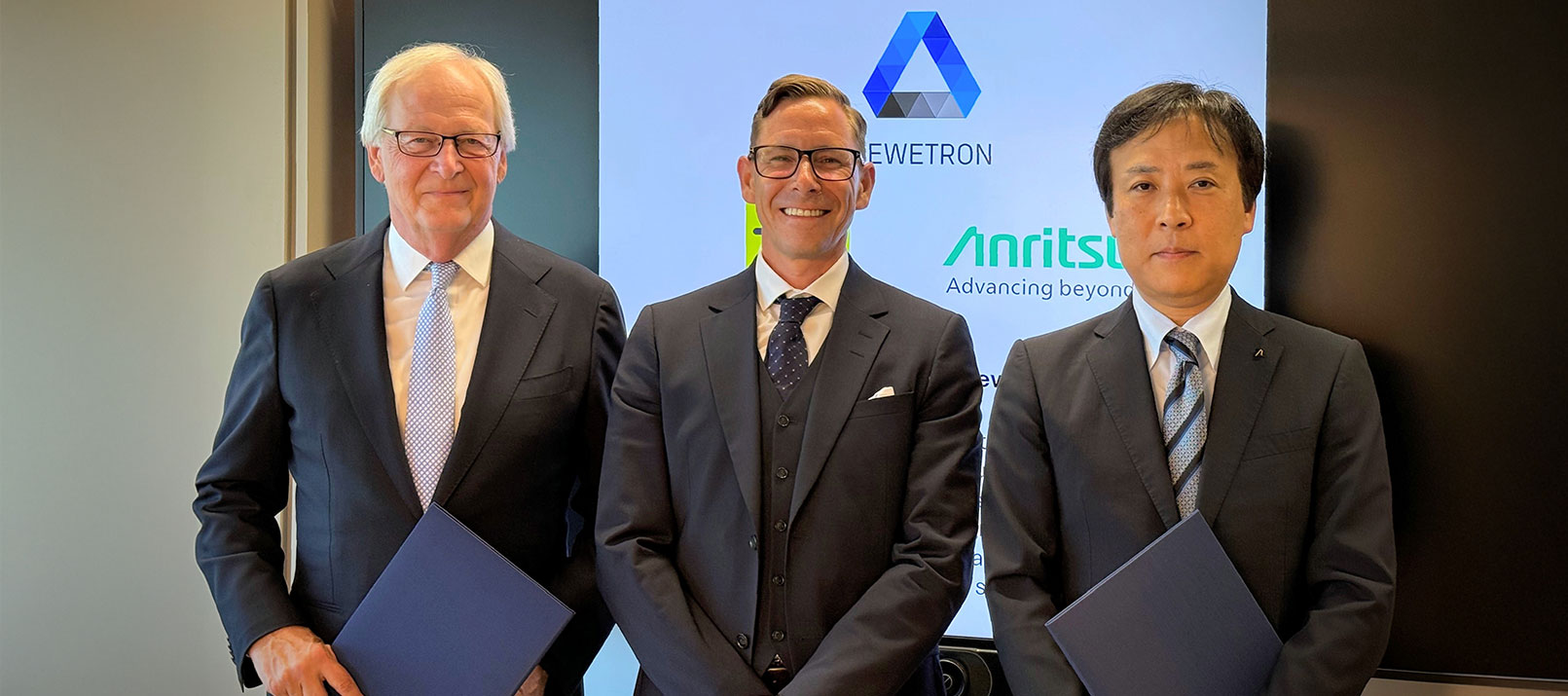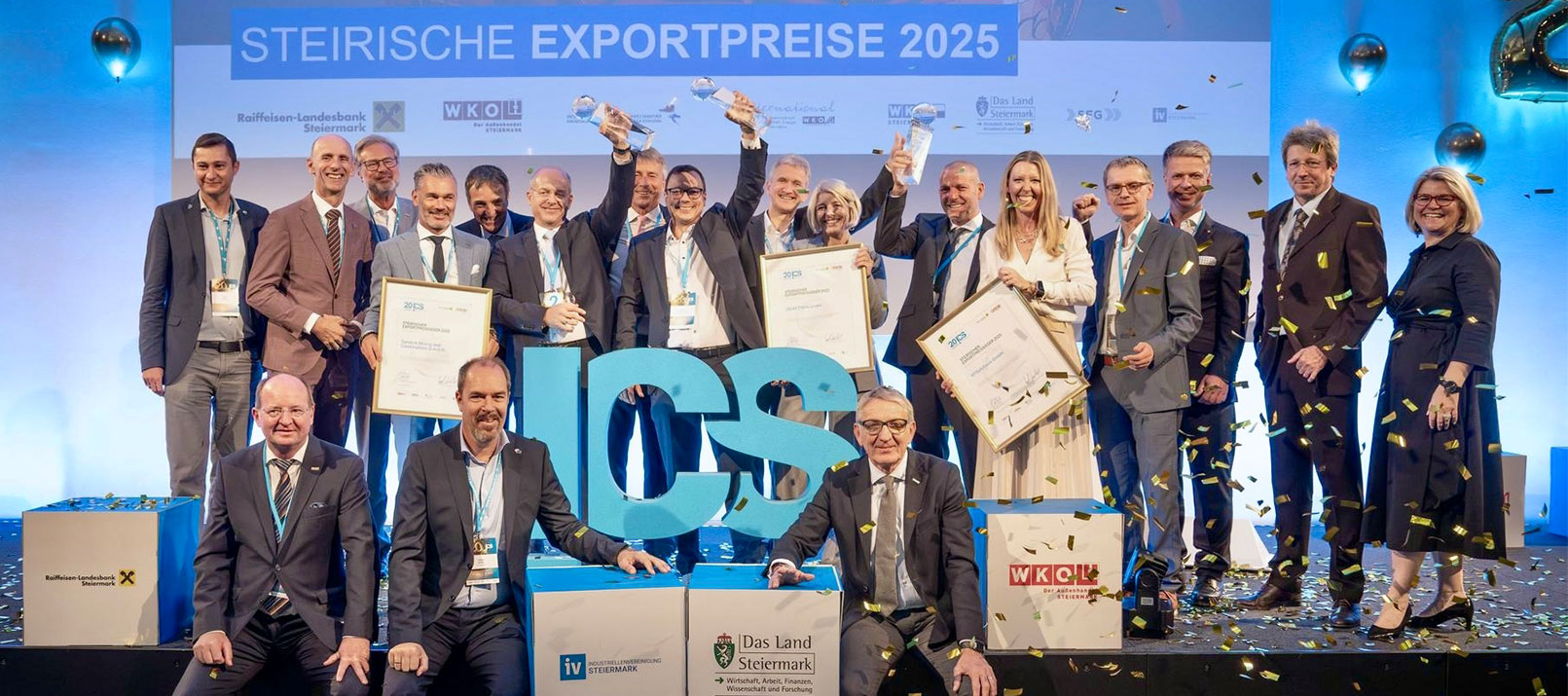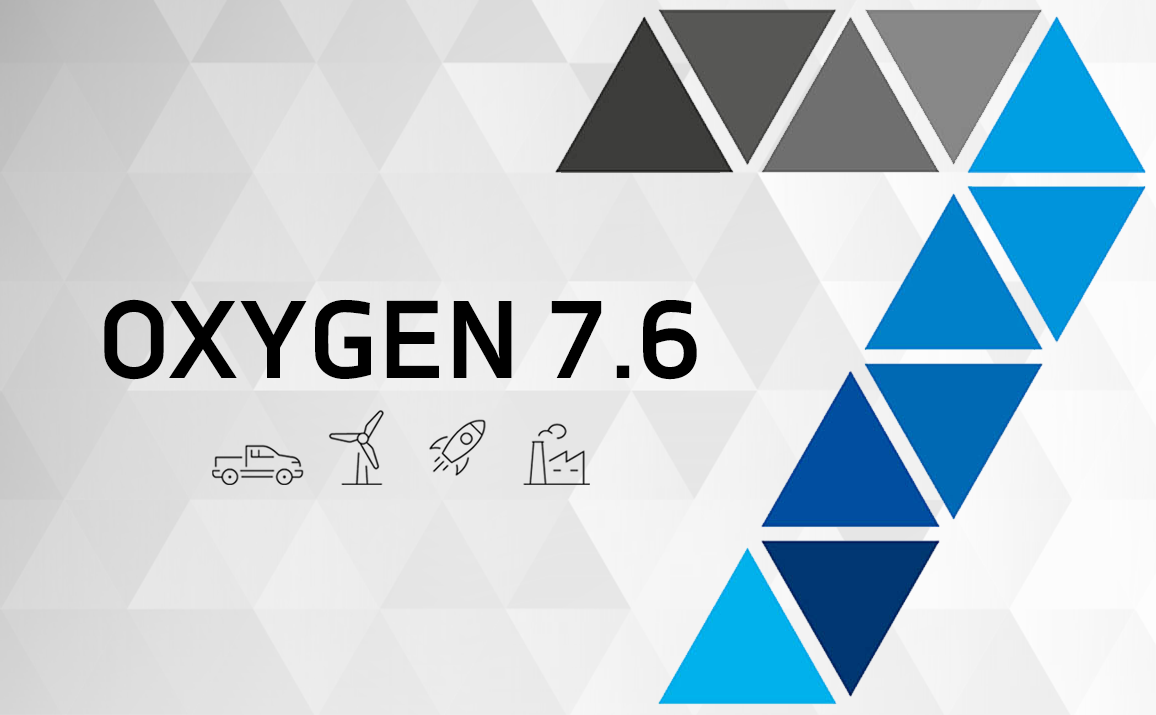What is signal conditioning?
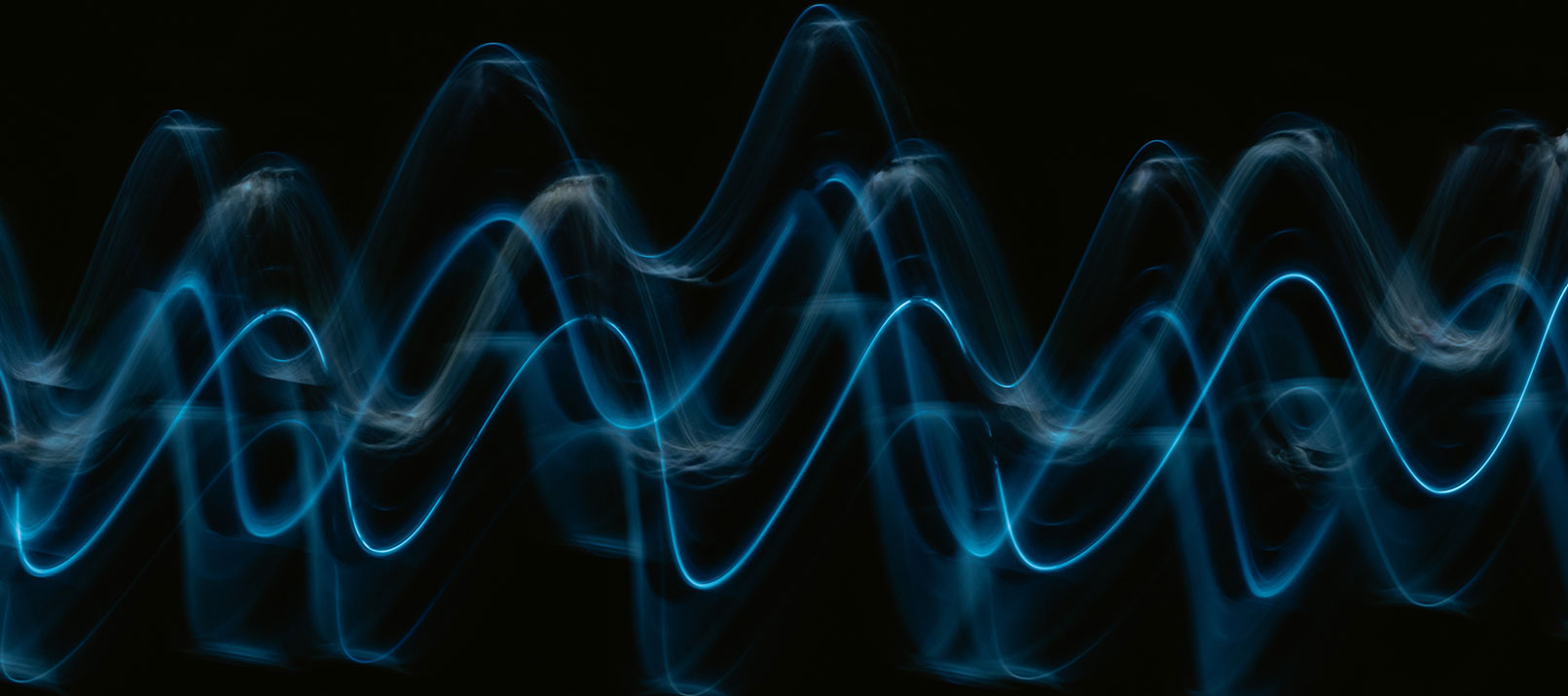
At DEWETRON we provide you with a range of high-precision signal conditioning devices, suitable for a variety of sensors. This includes accelerometers, strain gauges, force, pressure, load, and flow sensors as well as thermocouples, voltage and current sensors. In today’s blog post, we will cover our devices in more detail. But before we do so, let’s take a quick look at what signal conditioning itself is.
What is signal conditioning?
In the field of electronics, signal conditioning is the process of manipulating analog signals in a specific way to prepare them for further processing. This includes several different processes like:
- amplification
- attenuation
- filtering
- input coupling
- isolation
- linearization
- protection
- etc.
In other words, a signal conditioner modifies a raw analog signal of a sensor via an electrical circuit to prepare it for further processing with a DAQ system. It is required by every specific sensor and therefore a variety of different types of signal conditioners exist. Here are some examples:
- AC signal conditioners
- DC signal conditioners
- RTD (Resistance Temperature Device) signal conditioners
- LVDT (Linear Variable Differential Transformers) signal Conditioners
- (high) voltage signal conditioners
- …
Example from analog-to-digital converter (ADC) applications:
In analog-to-digital converters (ADC), the analog signal must be processed before it is converted into a digital signal. This usually includes current or voltage limiting and anti-aliasing filtering (AAF). Current/voltage limiting means that the current/voltage is limited to a certain level to protect the electrical load. AAF in turn limits the bandwidth of a signal to satisfy the Nyquist theorem. These two processes are part of signal processing.
Our range of signal conditioning modules:
At DEWETRON we offer a variety of multi-channel signal conditioning modules. We provide separate A/D conversion on each channel and up to 24-bit resolution with anti-aliasing filters. Additionally, all our modules are user-exchangeable and can be easily removed or inserted in your suitable DEWETRON DAQ system.
Overall, you can choose between a wide range of different modules for specific applications. Therefore, we have divided our modules into the following application groups:
- Analog modules
- Digital modules
- Power modules
- Analog output modules
- Sub-modules
Analog modules
Analog modules such as the TRION(3)-1820-MULTI are used to measure a wide range of analog signals. D-SUB, LEMO and BNC connector types are available. These cards are therefore called MULTI because they support a wide range of sensor types: voltage, IEPE, bridge (full, half and quarter), resistance, current and charge, thermocouples and LVDT. In combination with modular smart interfaces (MSIs), the list becomes even longer.
Modular Smart Interfaces (MSI)
MSI adapters are used to extend the measurement capabilities of an analog D-SUB-9 connector. These adapters are used to measure charge, IEPE sensors, thermocouples, RTD sensors, LVDT sensors, full-, half- and quarter bridges, 4–20 mA sensors and higher voltage ranges up to 600 VRMS with inputs that natively do not support that sensor type. MSIs achieve this by converting the sensor signal into a readable voltage level (typically ±10 V). A TEDS (transducer electronic datasheet) chip onboard the MSI allows for an easy plug-and-play solution since the conversion of unit, gain and offset is automatic. Therefore when a load is plugged in, the MSI automatically displays the correct measured load in the software channel.
Digital modules
Digital modules like the TRION-DI-48 are used to monitor 48 separate 1 bit values. These inputs can be either high (5 V) or low (0 V) and nothing in between. Sensors like limit switches, warnings, or alarms are typically monitored with these modules.
Power modules
The power modules, like the TRION3-1810M-POWER, enable synchronous high-frequency power measurements and efficiency calculations. A single ADC per channel enables highly accurate non-multiplexed synchronous power measurements (10 MS/s per channel) with high sampling rates. With 4 phases per module, it is possible to perform inverter efficiency monitoring (1 phase DC, 3 phase AC). Two power modules enable 6-phase AC measurements and with one DEWETRON power analyzer up to 16 phases can be measured.
Analog output modules
Analog output modules such as the TRION3-AOUT-8 allow constant output in the ±10 V or ±30 mA range, function generators (sine, triangle, square and user-defined waveforms), mathematical calculation outputs and stream outputs of other channels (cloned output).
Sub-modules
Sub-modules are used in power modules and extend the current measurement channels to enable different ranges (0.2 A, 1 A, 2 A, 20 A). They can be exchanged by the customer for isolated voltage modules to support current clamps that convert the measured current into a voltage. Similar to MSIs, the sub-modules contain a TEDS chip. Thus, the sub-module, its measuring range and offsets are detected automatically.
TRION vs TRION3
If you had a look at our module range, you may have noticed that we offer two module series:
- TRION3 series
- TRION series
TRION3
In 2019, DEWETRON introduced a new family of data acquisition systems, the DEWE3 express series along with the matching TRION3 modules. The high-speed TRION3 modules feature a PXIe bus system and therefore allow a higher data throughput (up to 1 GB/s) than its predecessor. However, they are only compatible with the DEWE3 chassis and have no backward compatibility. As DEWE2 chassis feature a normal PXI bus system, they are not compatible with TRION3 modules.
TRION
The TRION series is our predecessor series with a standard PXI interface. In contrast to the PXIe interface of TRION3 modules, it results in a lower data throughput of max. 100 MB/s. However, TRION modules are compatible with DEWE3 and DEWE2 systems, allowing more flexible installation options.
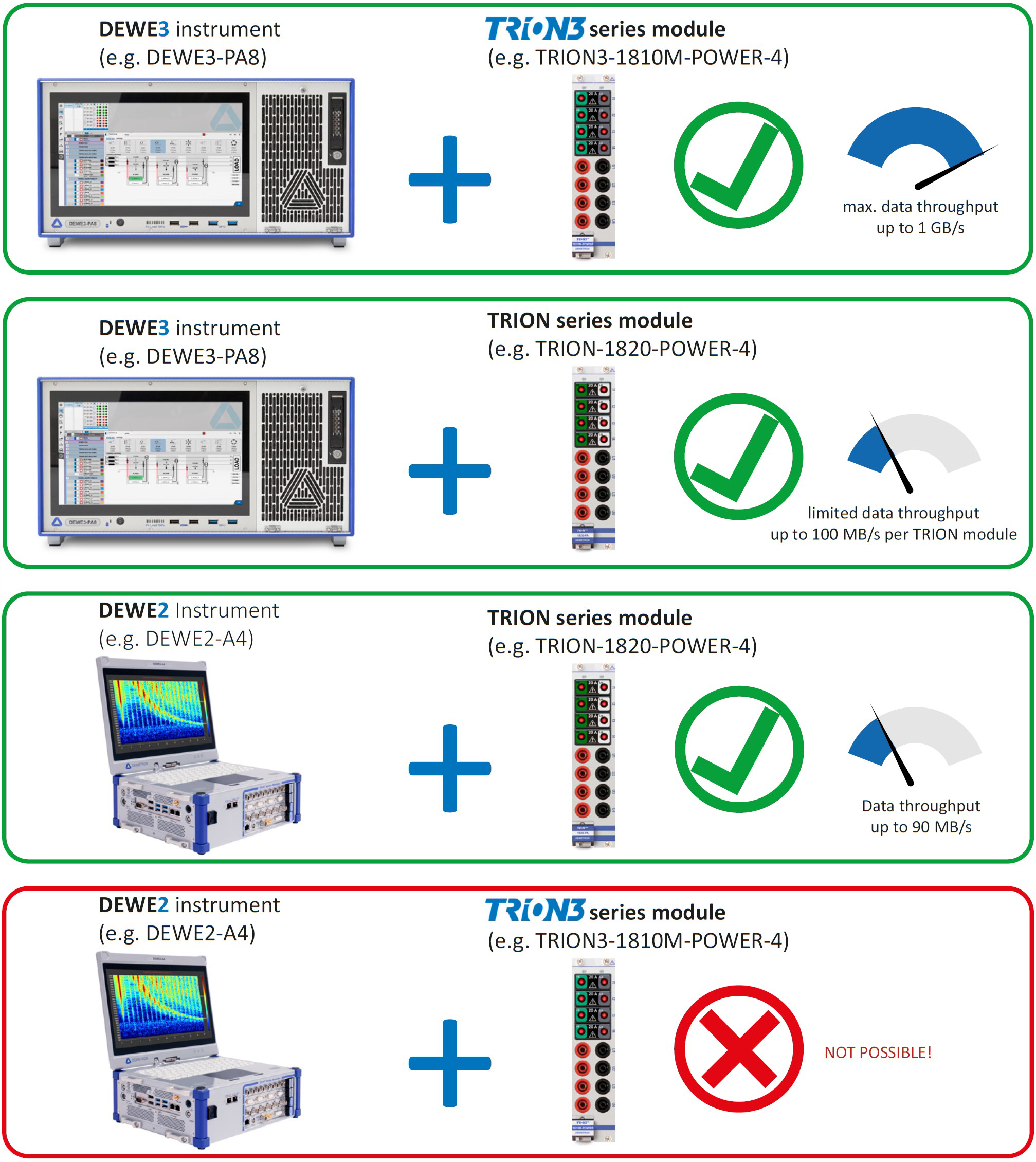
In case you want to know more about our modules, check the technical reference manual. Besides the installation and disassembly instructions, it contains a total system and module overview. Every signal conditioning module we offer is listed with its characteristics and specifications. Furthermore, specific signal conditioning process like AAF & IIR filtering are described in more detail regarding specific TRION series.
